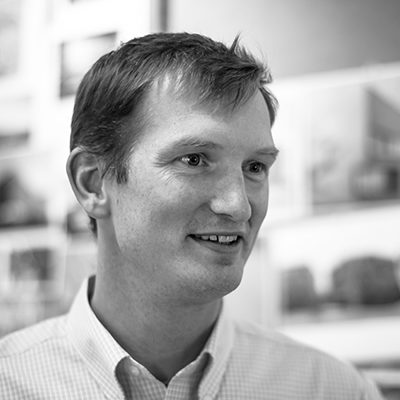
Mr. Gadi Amit recently published an interesting article on Fast Company about the changes that technology has driven in the world of industrial design. At the same time that I found myself appreciating the complexity of what goes into designing today’s most advanced technological products, I also found myself thinking “Yeah, and…?”
This is not to put down or diminish in any way the challenges faced by our ‘technology design’ brethren as Mr. Amit proposes they be called. The work that goes in to designing the things we use is profoundly important. One might argue that the resurgence in the general appreciation for design across society that has taken place in the last 10-15 years has more to do with their work than anyone else’s. I would suggest that we all know the name Jony Ive not because he is one of the best designers in the world today (though he surely is), but because the products he has designed were so unbelievably compelling that they unleashed impulses and ideas that many people didn’t even know they had (who among us knew that a computer could be beautiful or that it could be an expression of personal identity – much less that they WANTED those things, before the iMac?).
No – my quiet musing to myself is born out of the fact that architects have been dealing with this sort of complexity since the dawn of architecture. The magnitude of the complexity that we deal with every day is more than just a little bit staggering. We think about buildings in the context of campuses and cities – of how they give rise to, respond to, represent and shape the experiences of the communities within which they exist. We think about the ways that form and materiality communicates something about the identity and value of a building’s owners or users. We think about the impact of the building on the planet and what we can do to limit its ‘footprint’ (or even better, how to make it restorative!). At a slightly smaller scale, we think about space – literally the volume of air that people occupy, and we think about the surfaces that enclose that space and how the interaction of the two exert a profound effect on your experience as an occupant of the building. We design how natural light will be admitted into the building and we think about how that natural light will influence the experience of an occupant. We design the way in which people physically interact with buildings – the surfaces they walk on, the switches they touch, the knobs they turn, the handles they pull, the buttons they press – all of it. We understand that each of those things, in their materiality, form, location and composition influence the way that people experience a building, and in doing so have the power to quietly reinforce the intent of the designer or to subtly undermine it. We labor tirelessly over the technical complexities of putting a building together in way that achieves exacting performance standards, is safe, durable and economical. As we are doing all of this, we are coordinating in intricate detail the buildings structure, it’s mechanical, electrical and plumbing systems – all things that need to operate ‘just so’ in order to support the intended experience.
Increasingly we design the way in which people will use and interact with a wide array of technological services and capabilities in the building. We think about how all of these things are intended to work, and then we think about how they’ll work when things inevitably go wrong and something breaks or wears out (or even what happens if the use of the building itself changes). We think about redundancy, resiliency and contingency. We think about what happens if it all catches fire and everyone needs to get out of the building quickly and safely. The list goes on and on, but the point is both simple and eternal. Buildings are profoundly complex things and the technically complex buildings we design at PAYETTE push that complexity to dizzying heights.
I, for one, wouldn’t have it any other way.


